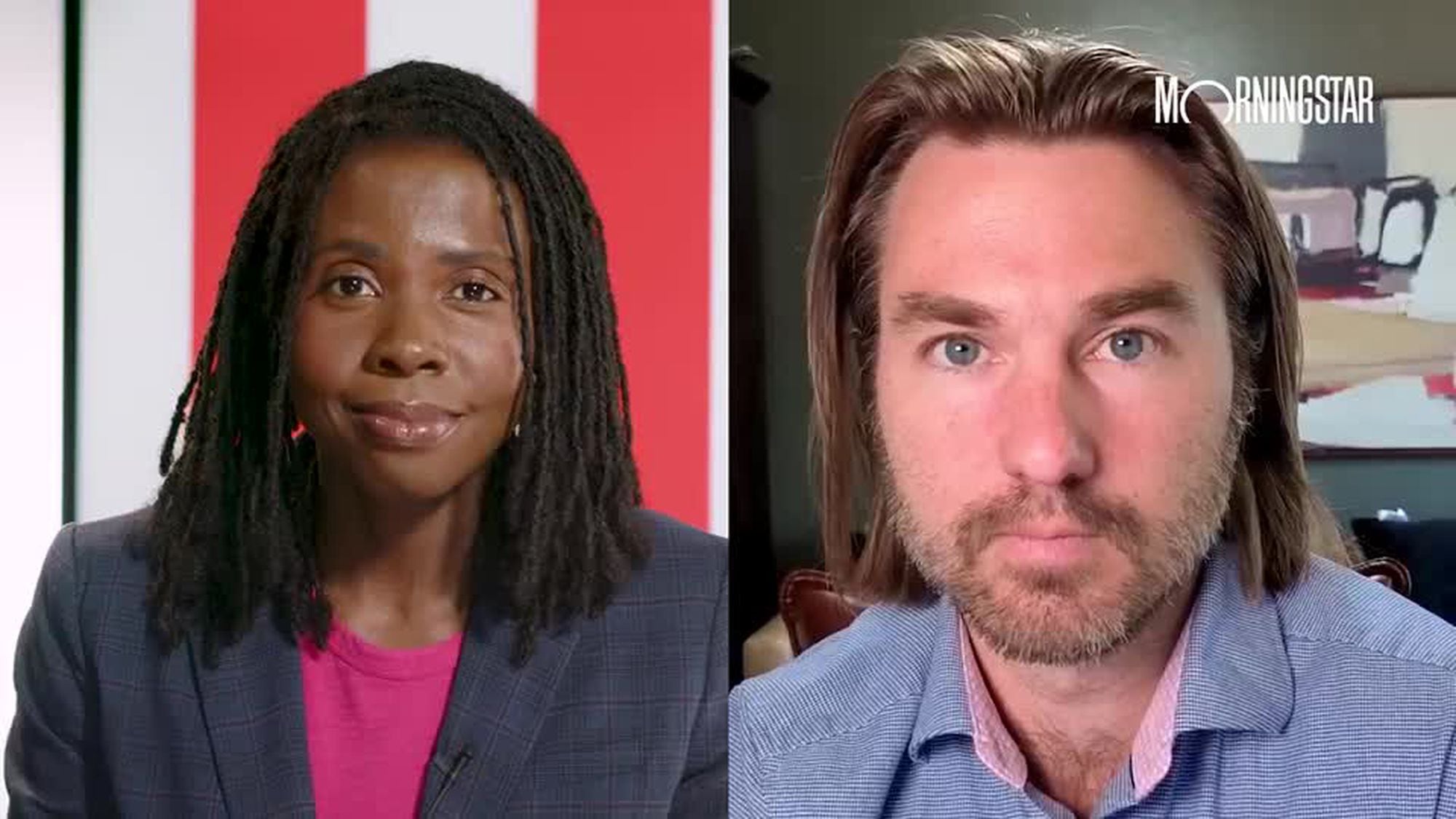The Federal Reserve finds itself at a critical juncture, navigating the complex interplay of persistent inflation, signs of economic deceleration, and mounting external pressures regarding interest rates. Despite a divided committee, the central bank recently opted to maintain its current rate stance, setting the stage for an eagerly anticipated September meeting that could redefine the nation’s economic outlook.
This decision, though keeping rates steady for now, revealed clear divisions among Federal Reserve officials. While some committee members advocate for a less restrictive monetary policy to counteract potential downsides from tariffs and reflect observable downtrends in economic activity, others, notably Chair Jerome Powell, have adopted a more hawkish posture, emphasizing the enduring risks of inflation over concerns for economic growth.
Powell’s recent press conference underscored his cautious approach, suggesting a less urgent need for an interest rate cut than widely expected. Despite the Fed’s own June projections hinting at two rate reductions by the end of 2025 – implying cuts in two of the remaining three meetings – Powell’s tone indicated a prevailing focus on price stability, making a September cut less of a certainty, though still a possibility.
According to Preston Caldwell, a senior US economist for Morningstar Investment Management, a September interest rate cut is probable but far from guaranteed. Caldwell’s analysis aligns with the market’s expectation of two cuts this year, yet he diverges on the longer-term trajectory, forecasting three additional rate reductions in both 2026 and 2027, cumulatively bringing the federal funds rate significantly closer to pre-pandemic levels.
This projected easing of monetary policy would see the federal funds target range drop from its current 4.25%-4.50% to a range of 2.25%-2.50% by the end of 2027. Caldwell posits that this trajectory reflects a more accurate assessment of the “neutral rate” of interest—the theoretical rate that neither stimulates nor restricts economic growth—which he believes is considerably lower than prevailing interest rates.
The current elevated mortgage rates are exerting significant pressure on residential investment, which saw an outright decline in the first half of 2025. This tangible impact on the housing market underscores the economist’s argument that homebuyers require substantially lower mortgage rates to sustain demand, thereby pushing the Federal Reserve towards a more accommodative stance.
Ultimately, the prevailing view suggests the Federal Reserve will likely look beyond any temporary spikes in inflation and proceed with incremental interest rate adjustments over its upcoming meetings. This cautious yet steady approach aims to balance the dual mandates of price stability and maximum employment, all while adapting to evolving economic outlook data and market dynamics.






Leave a Reply